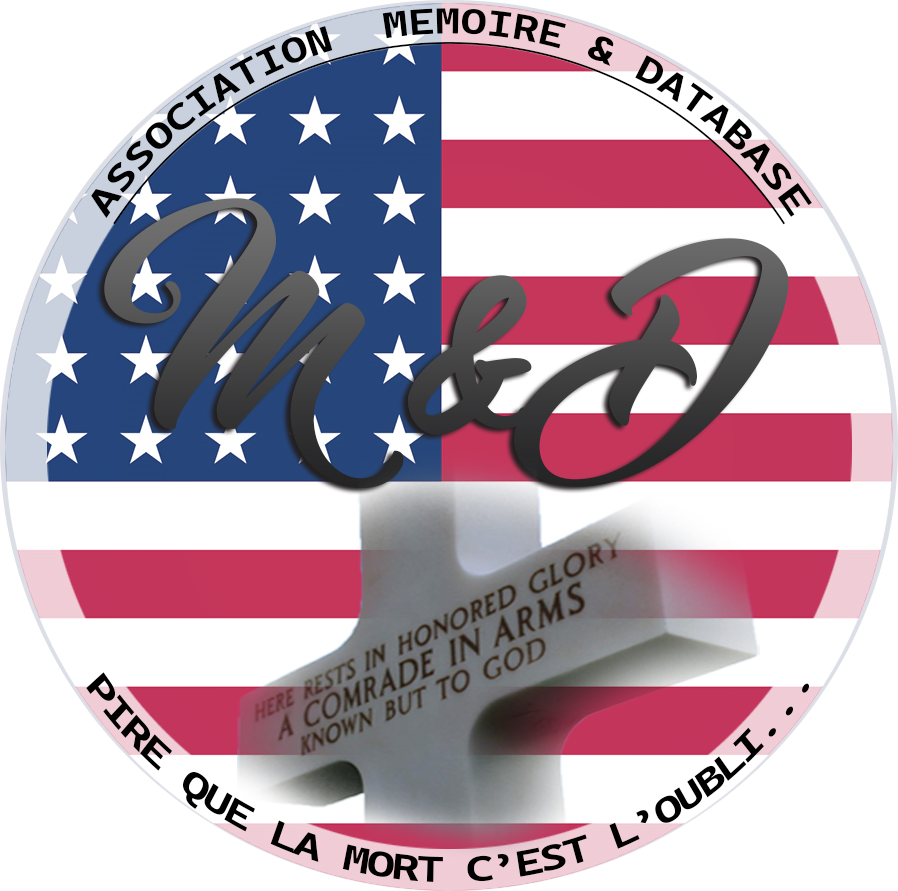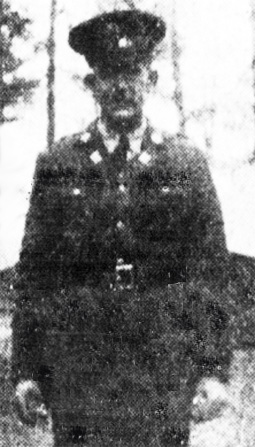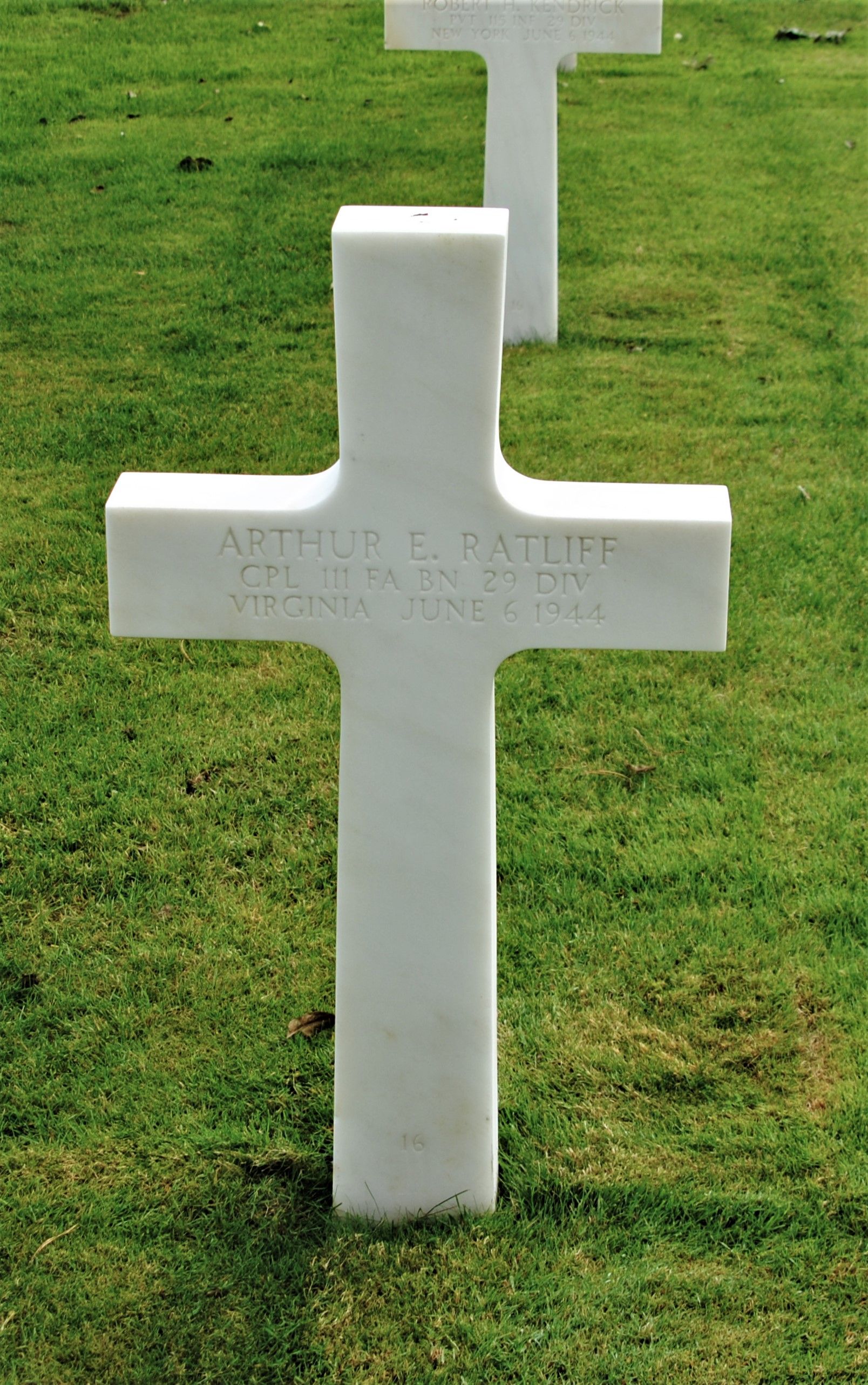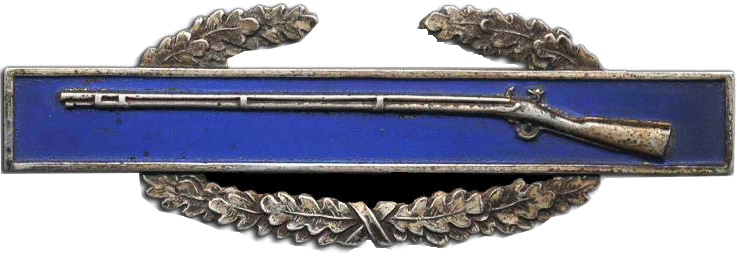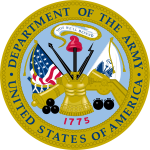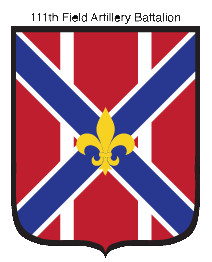|
Arthur Elmain RATLIFF
| ||||||||||||||||||||||||
|---|---|---|---|---|---|---|---|---|---|---|---|---|---|---|---|---|---|---|---|---|---|---|---|---|
|
Source : Honorstates.org
| ||||||||||||||||||||||||
| NUMBER OF SERVICE | 33046371 | |||||||||||||||||||||||
| AGE | 24 yo | |||||||||||||||||||||||
| DATE OF BIRTH | 25 aout 1919 North Tazewell, Tazewell County, VIRGINIA | |||||||||||||||||||||||
| ENLISTMENT STATE | VIRGINIA | |||||||||||||||||||||||
| FAMILY | Parents : James D. & Mary Ellen Elizbeth HOPKINS | |||||||||||||||||||||||
| RANK | Corporal | |||||||||||||||||||||||
| FONCTION | Infantry Man - Howitzer | |||||||||||||||||||||||
| JOB BEFORE ENLISTEMENT |  | |||||||||||||||||||||||
| DATE of ENLISTEMENT | 10 April 1941 Roanoke VIRGINIA | |||||||||||||||||||||||
| COMPANY | Battery B | |||||||||||||||||||||||
| REGIMENT | 111th Field Artillery Battalion | |||||||||||||||||||||||
| DIVISION | 29th Infantry Division | |||||||||||||||||||||||
| DATE OF DEATH | 6 June 1944 |
Source : Frogman | ||||||||||||||||||||||
| STATUS | KIA | |||||||||||||||||||||||
| PLACE OF DEATH | Omaha Beach | |||||||||||||||||||||||
| CEMETERY TEMPORARY |
CEMTERY TEMPORARY of St Laurent N°3582
| |||||||||||||||||||||||
| CEMETERY | NORMANDY AMERICAN CEMETERY of Colleville | |||||||||||||||||||||||
| GRAVE |
| |||||||||||||||||||||||
| DECORATION |
| |||||||||||||||||||||||
| ||||||||||||||||||||||||
| STORY | ||||||||||||||||||||||||
|
CPL Arthur Elmain Ratliff was born on August 25th 1919 in North Tazwell, Virginia. To his parents James D. born in 1879 to his death in 1978 and Mary Ellen Elizbeth Hopkins born in 1878 to her death in 1975. James and Mary had a large family of 11 children including Arthur. He attended Grammar school and worked on the family farm with his father. CPL Ratliff enlisted in the US Army on April 10th 1941 in Roanoke, Virginia with service number 33046371. Eventually Ratliff join the 29th Infantry Division, 111th Field Artillery Battalion, Battery B. In preparation for D-Day, the battalion leaves England loaded into 13 DUKW’s which are then stored in an LCT. Each DUKW carries a 105mm howitzer, 14 men, ammunition, and other equipment to Omaha Beach. When the 111th’s time comes to disembark the DUKW’s are driven quite literally out of the LCT and straight into the English Channel. The first DUKW off the ramp is hit by an upcoming wave and almost sinks on the spot. Since the DUKWs are dropped about 12-miles from Omaha Beach at 0400 with a scheduled landing time of 0820, they circle, causing all of the craft to fill with sea water and begin sinking. Most of the men of these DUKW’s are rescued by other vessels so losses aren’t high. |
Source : Marie-claude Ribot | |||||||||||||||||||||||
|
When it was time to ‘run’ for the beach only four DUKWs remain afloat. As they near the shore two more are lost, one to the sea and the other to machine gun fire. None of the 111th’s 105mm howitzers make landfall, however, the men from the unit did make contributions to the effort of getting off Omaha Beach. Lieut. Col. Thornton Mullins from Richmond, saw his men crouch near the seawall yelled out : “To hell with our artillery mission, we’re infantrymen now!” With that he led them into the fight up the bluff. Almost immediately he was killed by enemy fire. Never-the-less his men kept moving off the beach, perhaps with more determination. CPL Arthur Elmain Ratliff was killed in action on June 6th 1944 in Normandy. For his brave actions he was awarded the Purple Heart. Arthur Ratliff is buried at Normandy American Cemetery. | ||||||||||||||||||||||||
Activated/Activé |
Normandy/Normandie |
| 3 Feb 1941 | Days of Combat/Jour de Combat 242 |
| Casualties/Victimes 20 620 | |
Entered Combat/Entré au combat |
|
| 6 Jun1944 D-Day | |
|
Commanding Generals/Commandants généraux Maj. Gen. Milton A. Reckord (Feb 41 - Jan 42) |
Campaigns/CampagnesNormandy (6 Jun 44 - 24 Jul 44)
|
PLAN DE ROUTE DE LA CAMPAGNE - CAMPAIGN ROUTE MAP |
|
 |
|
DIVISION CHRONICLEThe 29th Infantry Division trained in Scotland and England for the crosschannel invasion, October 1942-June 1944. Teamed with the 1st Division, a regiment of the 29th (116th Infantry) was in the first assault wave to hit the beaches at Normandy on D-day, 6 June 1944. Landing on Omaha Beach on the same day in the face of intense enemy fire, the Division soon secured the bluff tops and occupied Isigny, 9 June. The Division cut across the Elle River and advanced slowly toward St. Lo, fighting bitterly in the Normandy hedge rows. After taking St. Lo, 18 July 1944, the Division joined in the battle for Vire, capturing that strongly held city, 7 August. Turning west, the 29th took part in the assault on Brest, 25 August-18 September 1944. After a short rest, the Division moved to defensive positions along the Teveren-Geilenkirchen line in Germany and maintained those positions through October. (In mid-October the 116th Infantry took part in the fighting at the Aachen Gap.) On 16 November the Division began its drive to the Roer, blasting its way through Siersdorf, Setterich, Durboslar, and Bettendorf, and reaching the Roer by the end of the month. Heavy fighting reduced Julich Sportplatz and the Hasenfeld Gut, 8 December. From 8 December 1944 to 23 February 1945, the Division held defensive positions along the Roer and prepared for the offensive. The attack jumped off across the Roer, 23 February, and carried the Division through Julich, Broich, Immerath, and Titz, to Munchen-Gladbach, 1 March 1945. The Division was out of combat in March. In early April the 116th Infantry helped mop up in the Ruhr area. On 19 April 1945 the Division pushed to the Elbe and held defensive positions until 4 May. Meanwhile, the 175th Infantry cleared the Klotze Forest. After VE-day, the Division was on military government duty in the Bremen enclave. |
CHRONIQUE DE DIVISIONLa 29th Infantry Division s'entraîna en Ecosse et en Angleterre pour l'invasion crosschannel, d'octobre 1942 à juin 1944. En équipe avec la 1st Division, un régiment du 29th (116th Infantry) se trouvait dans la première vague d'assaut pour frapper les plages de Normandie. Le 6 juin 1944, débarquant à Omaha Beach, le même jour, face à un feu nourri de l'ennemi, la division s'empara bientôt des falaises et occupa Isigny, le 9 juin. La Division traversa la rivière Elle et s'avança lentement vers Saint-Lô, se battant amèrement dans les rangées de haies de Normandie. Après avoir pris St. Lo, le 18 juillet 1944, la division se joignit à la bataille de Vire pour s'emparer de cette ville fortement occupée, le 7 août. Tournant vers l'ouest, le 29 a pris part à l'assaut sur Brest, 25 août-18 septembre 1944. Après un court repos, la division a déménagé à des positions défensives le long de la ligne Teveren-Geilenkirchen en Allemagne et a maintenu ces positions jusqu'en octobre. (À la mi-octobre, le 116e régiment d'infanterie prit part aux combats à Aix-la-Chapelle.) Le 16 novembre, la division commença sa route vers la Roer, traversant Siersdorf, Setterich, Durboslar et Bettendorf, et atteignant la Roer par la fin du mois. Les combats intenses ont réduit Julich Sportplatz et le Hasenfeld Gut, le 8 décembre. Du 8 décembre 1944 au 23 février 1945, la division occupe des positions défensives le long de la Roer et se prépare à l'offensive. L'attaque a sauté à travers le Roer, le 23 février, et a porté la Division par l'intermédiaire de Julich, Broich, Immerath, et Titz, à Munchen-Gladbach, le 1er mars 1945. La Division était hors combat en mars. Au début du mois d'avril, le 116th Infantry a aidé à nettoyer la région de la Ruhr. Le 19 avril 1945, la division pousse vers l'Elbe et occupe des positions défensives jusqu'au 4 mai. Pendant ce temps, le 175th Infantry a dégagé la forêt de Klotze. Après le jour de la victoire, la division était en service militaire dans l'enclave de Brême. |
| SOURCE INFORMATION & PHOTO | Armydivs.squarespace.com |
|---|
| SOURCE INFORMATION & SOURCE PHOTO | Aad.archives.gov - Findagrave.com - Abmc.gov - Fold3.com - Honorstates.org |
|---|---|
| PROGRAMMER | Henri, Garrett, Clive, Frédéric & Renaud |


